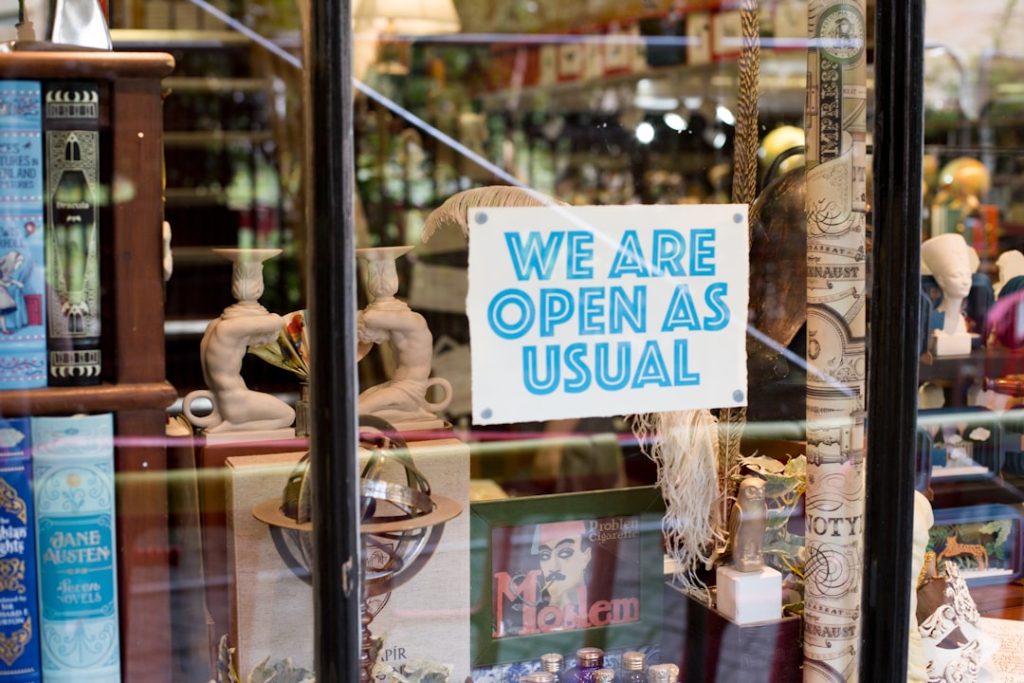Ever wonder why some businesses explode in popularity online, while others struggle to get noticed? It’s a frustrating question, especially when you’re pouring your heart and soul into your own venture. Going viral isn’t just about luck; it’s usually the result of a well-thought-out strategy, a deep understanding of your audience, and a willingness to take risks.
Understanding Virality: It’s More Than Just Luck
The term “going viral” implies something spreading rapidly and organically across the internet. While luck can play a role, sustainable virality is often engineered. It starts with creating content that resonates deeply with people – content that evokes strong emotions, solves a problem, or offers exceptional value.
Key Differences: Visibility vs. Invisibility
So, what separates the viral successes from the invisible businesses? Let’s break it down:
1. Audience Understanding
Viral Businesses: They know their audience inside and out. They understand their pain points, their desires, and what makes them tick. They conduct market research, analyze social media trends, and engage directly with their customers to gain insights.
Invisible Businesses: They often make assumptions about their audience without doing proper research. Their marketing efforts are broad and generic, failing to connect with specific needs or interests.
2. Compelling Content
Viral Businesses: They create content that is genuinely interesting, entertaining, or useful. This could be a funny video, an insightful blog post, a helpful infographic, or a thought-provoking social media campaign. The key is to offer something that people want to share.
Invisible Businesses: Their content is often self-promotional, bland, or irrelevant to their target audience. They focus on selling their products or services rather than providing value.
3. Emotional Connection
Viral Businesses: They tap into emotions. Whether it’s joy, sadness, anger, or inspiration, viral content usually evokes a strong emotional response. This makes people more likely to share it with their friends and family.
Invisible Businesses: They fail to connect with their audience on an emotional level. Their marketing is transactional and impersonal, lacking the human touch that drives engagement.
4. Strategic Distribution
Viral Businesses: They have a plan for getting their content in front of the right people. They use social media, email marketing, influencer outreach, and other channels to amplify their message. They also understand the importance of timing and consistency.
Invisible Businesses: They often rely on organic reach alone, which is becoming increasingly difficult in today’s crowded online landscape. They don’t invest in paid advertising or other promotional strategies.
5. Encouraging Sharing
Viral Businesses: They make it easy for people to share their content. They include social sharing buttons on their website and blog, and they encourage their followers to tag their friends and spread the word. They might even run contests or giveaways to incentivize sharing.
Invisible Businesses: They don’t actively encourage sharing. Their website may be difficult to navigate, and their social media posts may lack clear calls to action.
Examples in Action
Dollar Shave Club: Their viral video, “Our Blades Are F***ing Great,” was hilarious, self-deprecating, and addressed a common consumer frustration. It went viral because it was relatable, funny, and offered a clear value proposition.
Old Spice: The “The Man Your Man Could Smell Like” campaign was another viral sensation. It was witty, unexpected, and featured a charismatic spokesperson. The campaign generated massive buzz and boosted sales significantly.
Actionable Steps to Increase Your Visibility
Okay, so how do you move from invisible to visible? Here are some practical steps:
- Conduct thorough audience research: Use surveys, polls, and social media analytics to understand your target audience’s needs, interests, and online behavior.
- Create high-quality, engaging content: Focus on providing value, solving problems, or entertaining your audience. Experiment with different formats, such as videos, blog posts, infographics, and podcasts.
- Optimize your content for search engines: Use relevant keywords, write compelling meta descriptions, and build high-quality backlinks.
- Promote your content strategically: Use social media, email marketing, and paid advertising to reach your target audience.
- Engage with your audience: Respond to comments and messages, ask questions, and run contests or giveaways.
- Analyze your results: Track your website traffic, social media engagement, and other key metrics to see what’s working and what’s not.
Don’t Give Up!
Building a visible and successful business takes time, effort, and persistence. Don’t get discouraged if you don’t see results overnight. Keep experimenting, keep learning, and keep providing value to your audience. Your hard work will eventually pay off. The online world is vast, and with the right approach, your business can find its spotlight and thrive.
